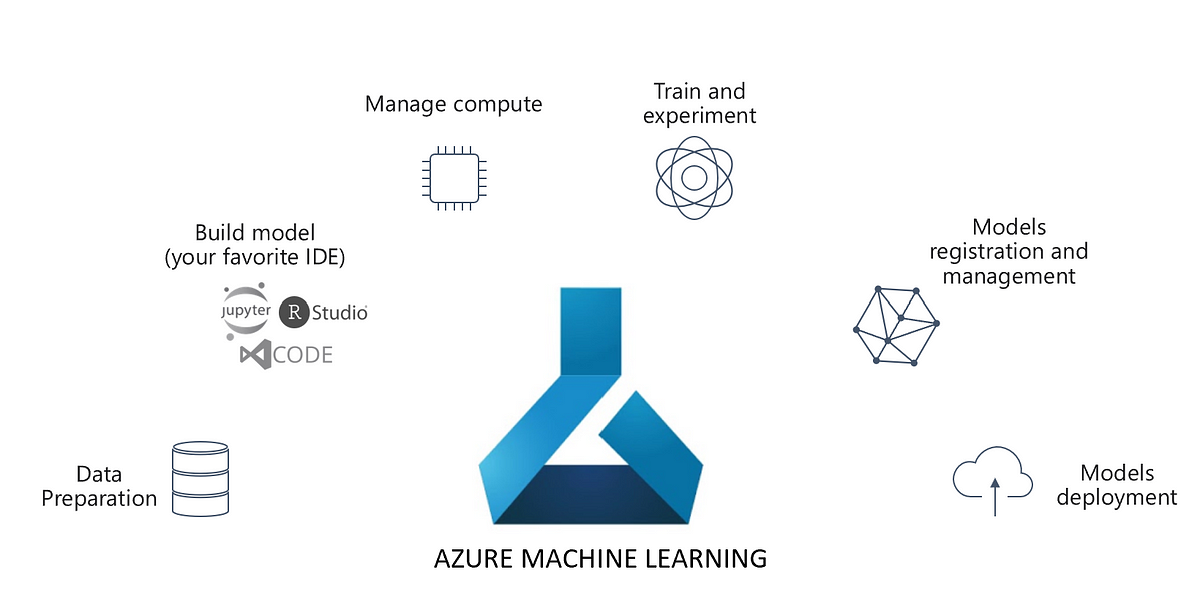Every crisis is an opportunity in disguise. The current COVID-19 pandemic is no exception to this. Be it at an individual level or organizations, these are the times to introspect. However, as far as organizations are concerned, it is a different ball game. If they act complacent, they can get swept away in the likely economic recession. This is where process efficiency comes to rescue.
Process efficiency
Every organization follows a set of processes. These processes are designed to achieve a given business goal. Although they may be effective in achieving results, these processes might not always be the most efficient. The journey of an organization’s process management starts with identifying and fixing inefficient processes. However, firstly, let us look at the term ‘Process Efficiency’. Process efficiency is the relationship between the results produced by a business process and the number of resources consumed.
In simple words, inefficient processes consume more resources as compared to the output produced. Having said that, along with measuring inefficiencies, it is very important to find the root cause of the same in a process. This brings us to the term Process Drift.
Process Drift
Process drift is the measure of deviation between current process behaviour and the standard/normal behaviour. Although this measure has a negative connotation, it is of great help to assess the issues with your processes. Process drift might happen due to a variety of factors like change in management policies, the introduction of new technologies, varying workloads etc. Broadly, there are two types of drift viz. seasonal and irregular.
The first category is the cyclical drift. A very simple example can be a delay in delivery of items in monsoons due to increased traffic jams or a spike in orders during festive seasons. These drifts are predictable, thus enabling businesses to communicate with their consumers appropriately beforehand.
On the other hand, we have irregular drifts. These tend to be less predictable. Or worse, they might occur due to an undesirable spike or black swan event. This could be something like a machine breakdown in the manufacturing process. However, we can handle such cases to a certain extent with Machine Learning techniques like Predictive Maintenance. Another cause of process drift could be modifications to the process induced by the worker, to adapt for increased workloads.
Revenue Leakage
Nonetheless, handling any kind of process drift comes with a cost and at times it could be unaccounted ones. For example, owing to the drift, individuals/teams end up spending more effort to accomplish a given task; that which could be utilized to achieve something more productive, thus leading to revenue leakage. Revenue leakages are any unintended loss of revenue to your organization. Hence, the analysis of process drifts is a key step to minimize revenue leakages and maximizing process efficiency.
Conclusion
We have discussed the root causes and after-effects of process inefficiency. These inefficiencies come under a magnifier during a crisis. However, we did not discuss anything about the ways to address them. This is where Process Mining comes. It acts as a magnifying lens to analyze process drifts and the resulting inefficiencies.




